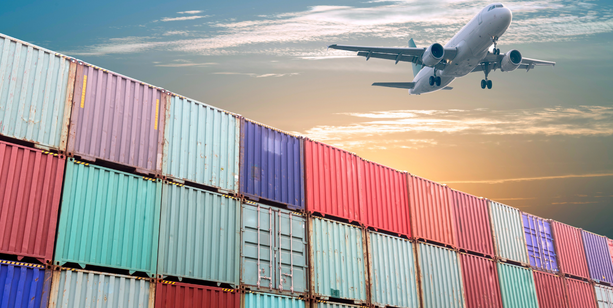Air travel has become an integral part of our modern society, connecting people and cultures across the globe. However, concerns about safety often arise when considering boarding an aircraft. In this article, we will delve into the various aspects of modern air travel to understand just how safe it truly is.
- Stringent Regulations and Standards:
The aviation industry is subject to rigorous regulations and standards that ensure the safety of passengers. From aircraft design and manufacturing to pilot training and maintenance procedures, every aspect is closely monitored. Regulatory bodies such as the Federal Aviation Administration (FAA) in the United States and the European Aviation Safety Agency (EASA) in Europe enforce these standards, leaving no room for compromise. - Advanced Technology and Engineering:
Modern aircraft are equipped with cutting-edge technology and engineering advancements that enhance safety. From state-of-the-art avionics systems to advanced materials used in construction, every component is designed to withstand extreme conditions and ensure the integrity of the aircraft. Additionally, continuous research and development efforts lead to regular improvements in safety features, making air travel even safer. - Comprehensive Maintenance and Inspections:
Airlines adhere to strict maintenance schedules and conduct regular inspections to ensure the airworthiness of their aircraft. Highly trained technicians meticulously examine every part, from engines to landing gear, to detect any potential issues. Furthermore, advanced diagnostic tools and predictive maintenance techniques enable proactive identification of problems before they become critical, minimizing the risk of in-flight incidents. - Pilot Training and Expertise:
Pilots undergo extensive training and must meet stringent requirements before being entrusted with the responsibility of flying passengers. They are trained to handle various emergency scenarios, including engine failures, severe weather conditions, and system malfunctions. Simulators provide realistic training environments, allowing pilots to practice critical maneuvers and decision-making skills. Additionally, recurrent training programs ensure that pilots stay updated with the latest procedures and technologies. - Air Traffic Control Systems:
Air traffic control (ATC) plays a crucial role in maintaining the safety of air travel. Highly trained controllers monitor and guide aircraft throughout their journey, ensuring safe separation between planes and providing real-time weather and navigational information. Advanced radar systems and communication technologies enable efficient coordination between pilots and ATC, minimizing the risk of collisions and other incidents. - Safety Culture and Continuous Improvement:
The aviation industry has fostered a strong safety culture that prioritizes learning from past incidents and implementing necessary improvements. Comprehensive incident reporting systems allow for the analysis of near-misses and accidents, leading to the implementation of preventive measures. This continuous improvement mindset ensures that safety standards are constantly evolving and adapting to new challenges.
Conclusion:
Modern air travel is undeniably safe, thanks to stringent regulations, advanced technology, comprehensive maintenance practices, well-trained pilots, efficient air traffic control systems, and a strong safety culture. While no mode of transportation is entirely risk-free, the aviation industry's commitment to safety has resulted in an unparalleled safety record. So, the next time you board an aircraft, rest assured that you are embarking on a journey that has been meticulously designed to prioritize your safety.

